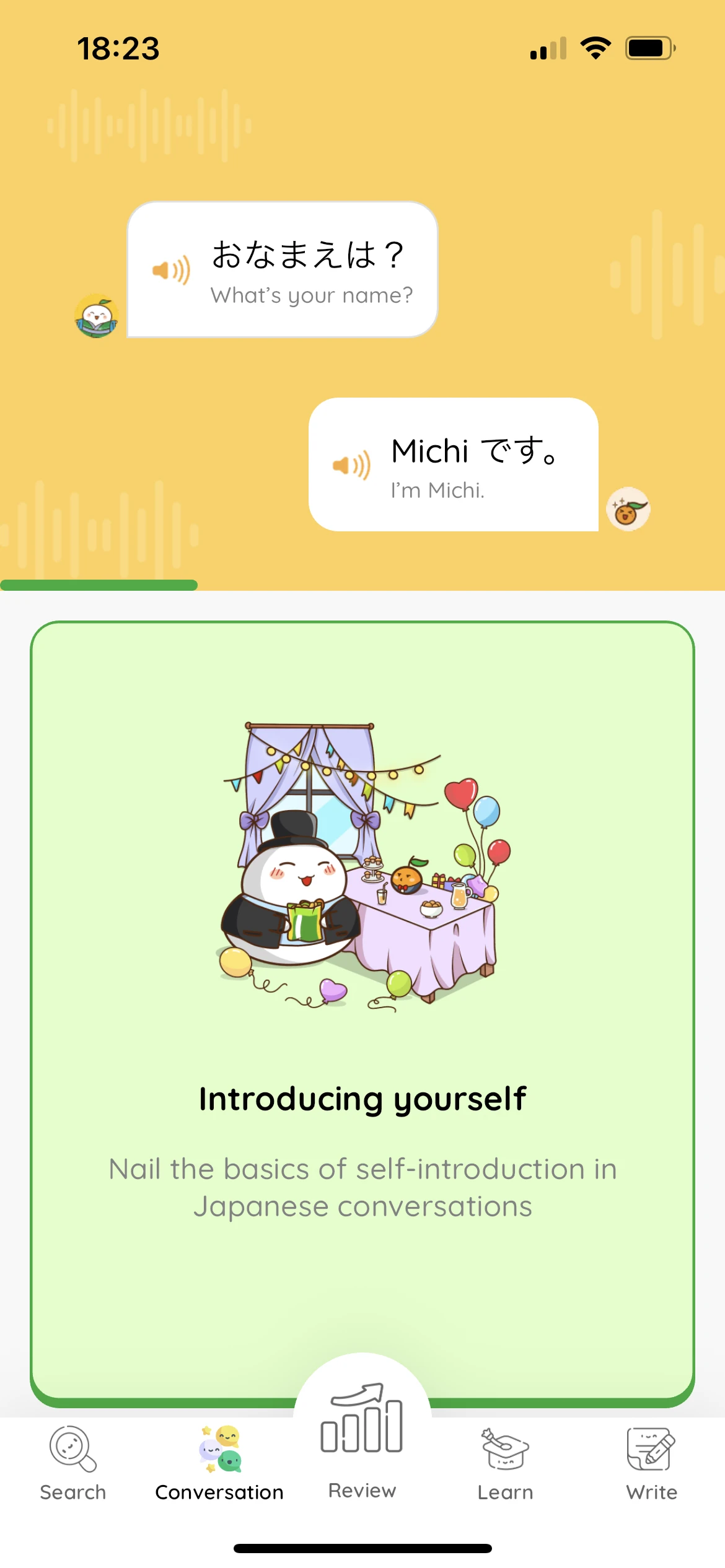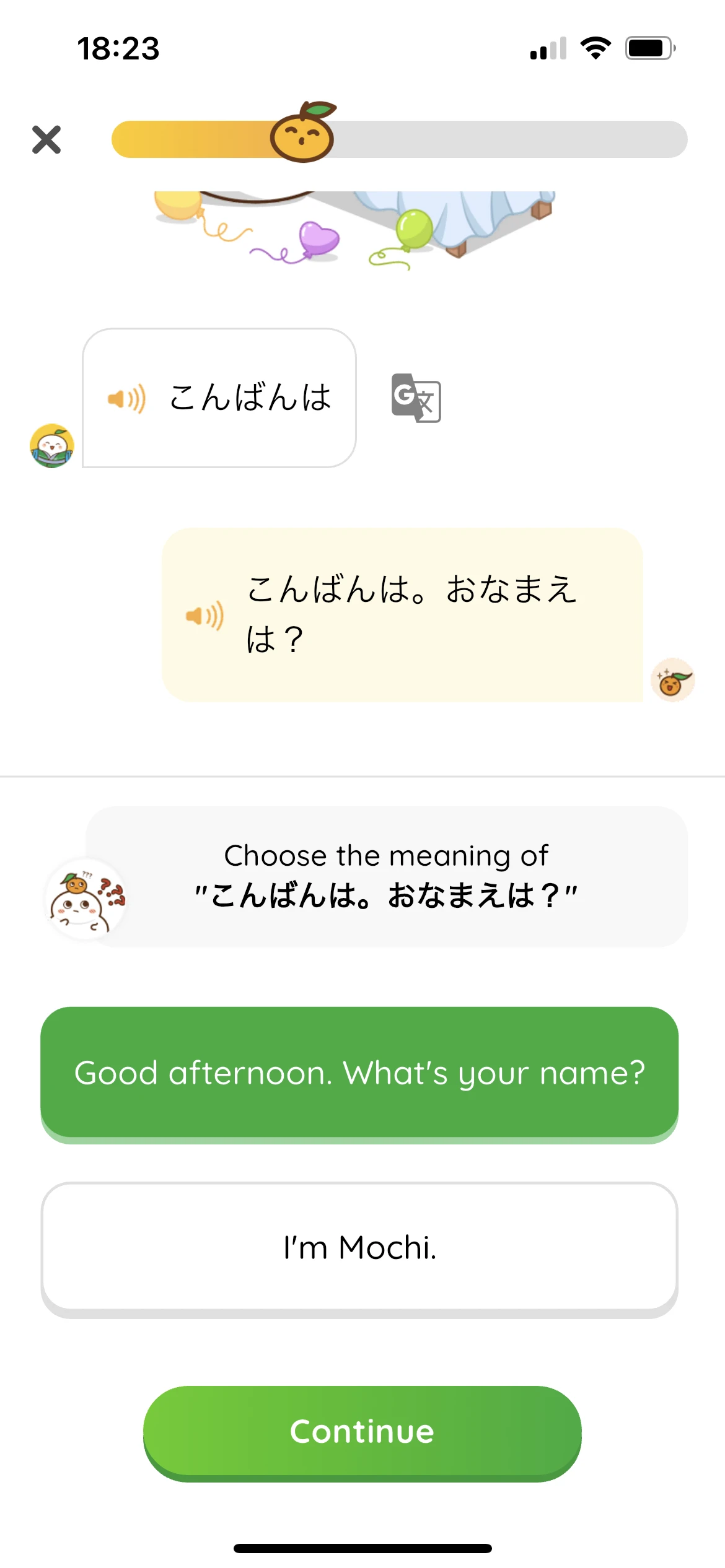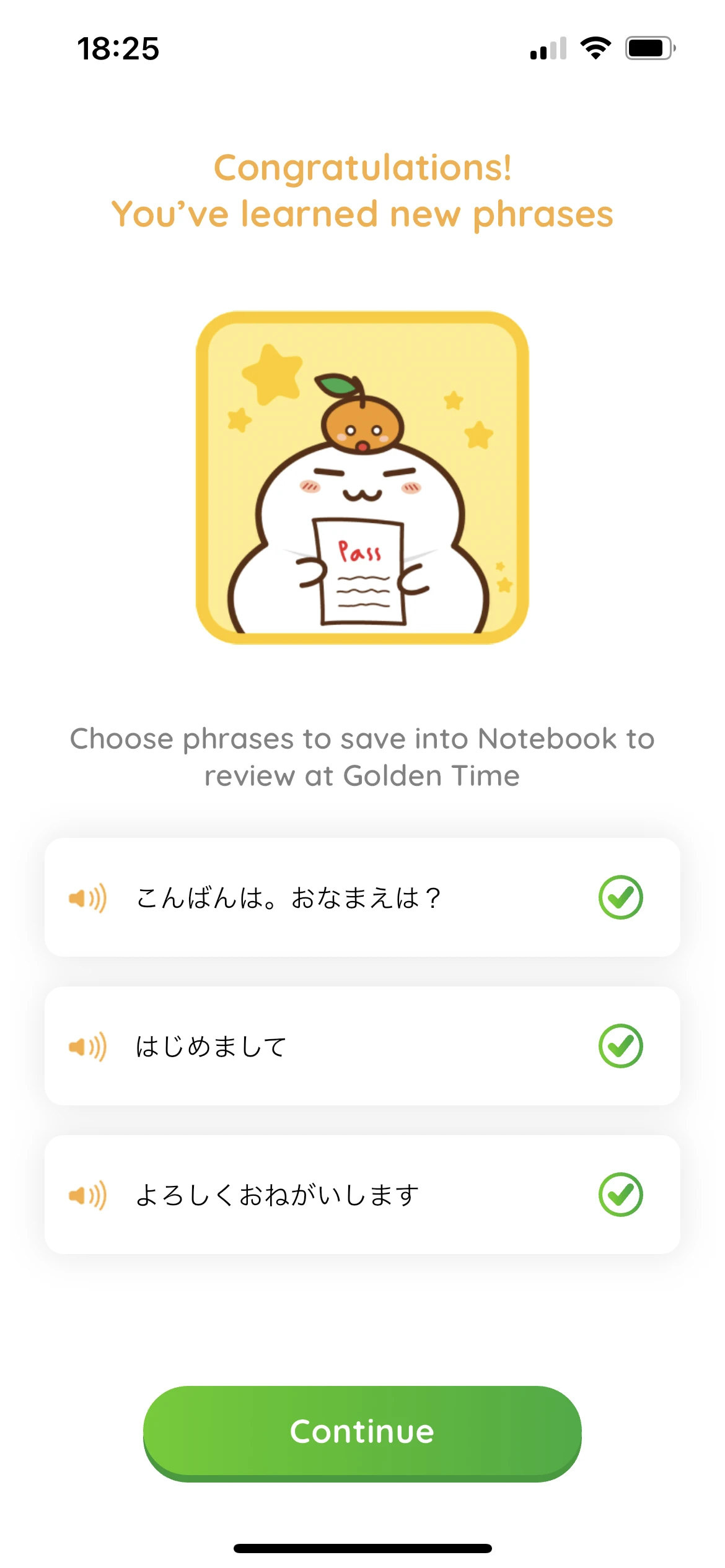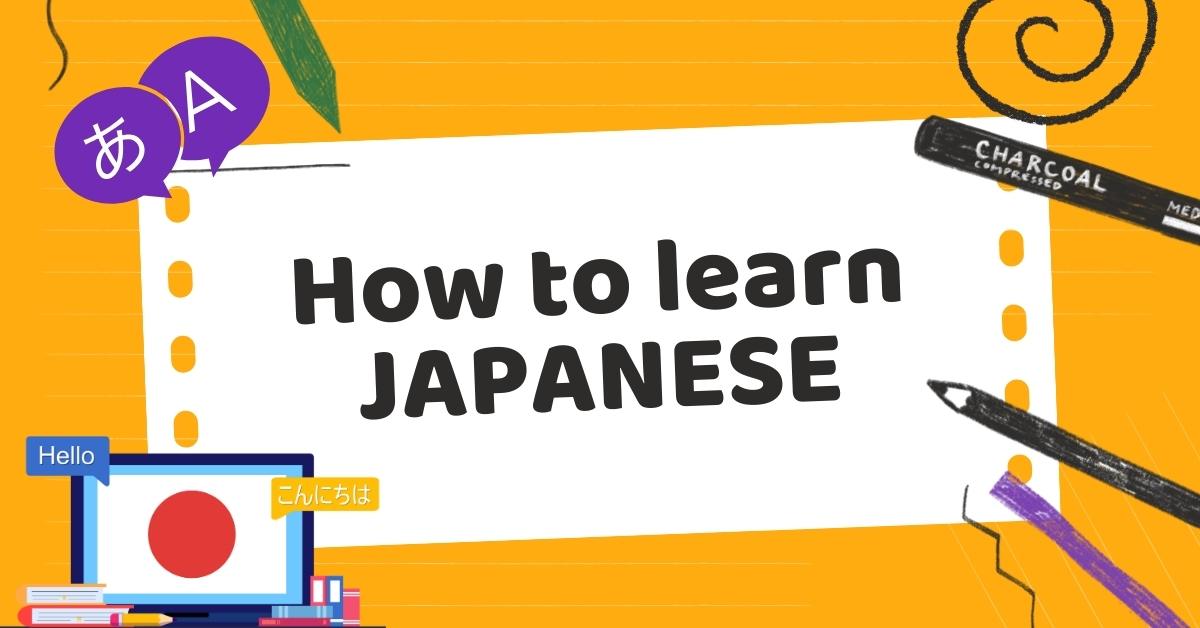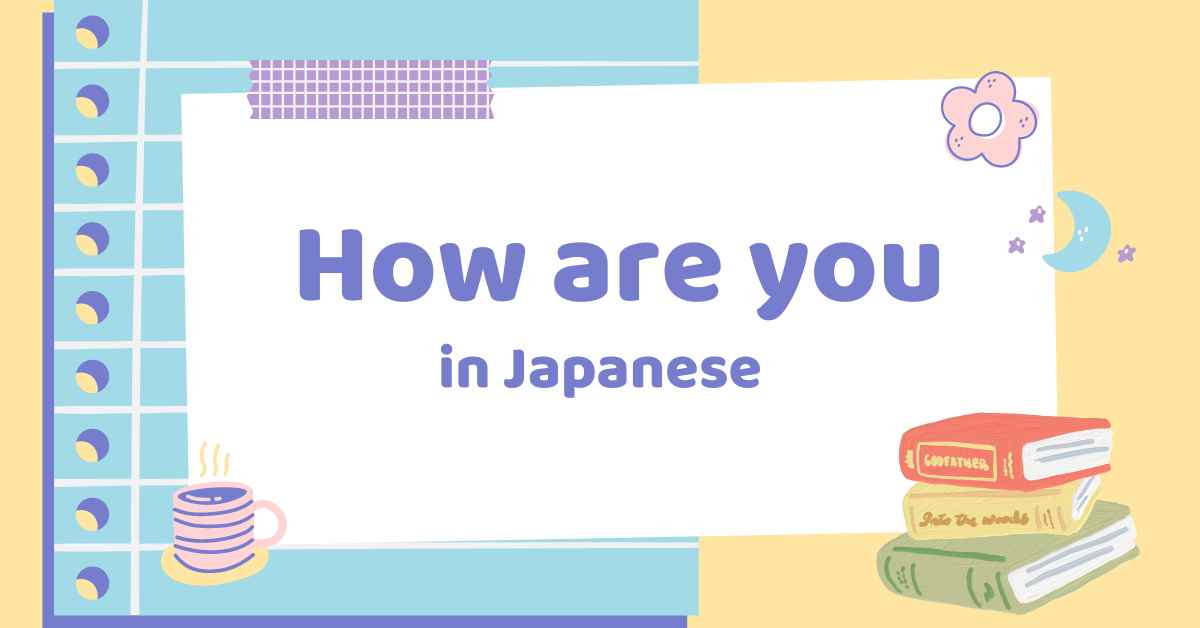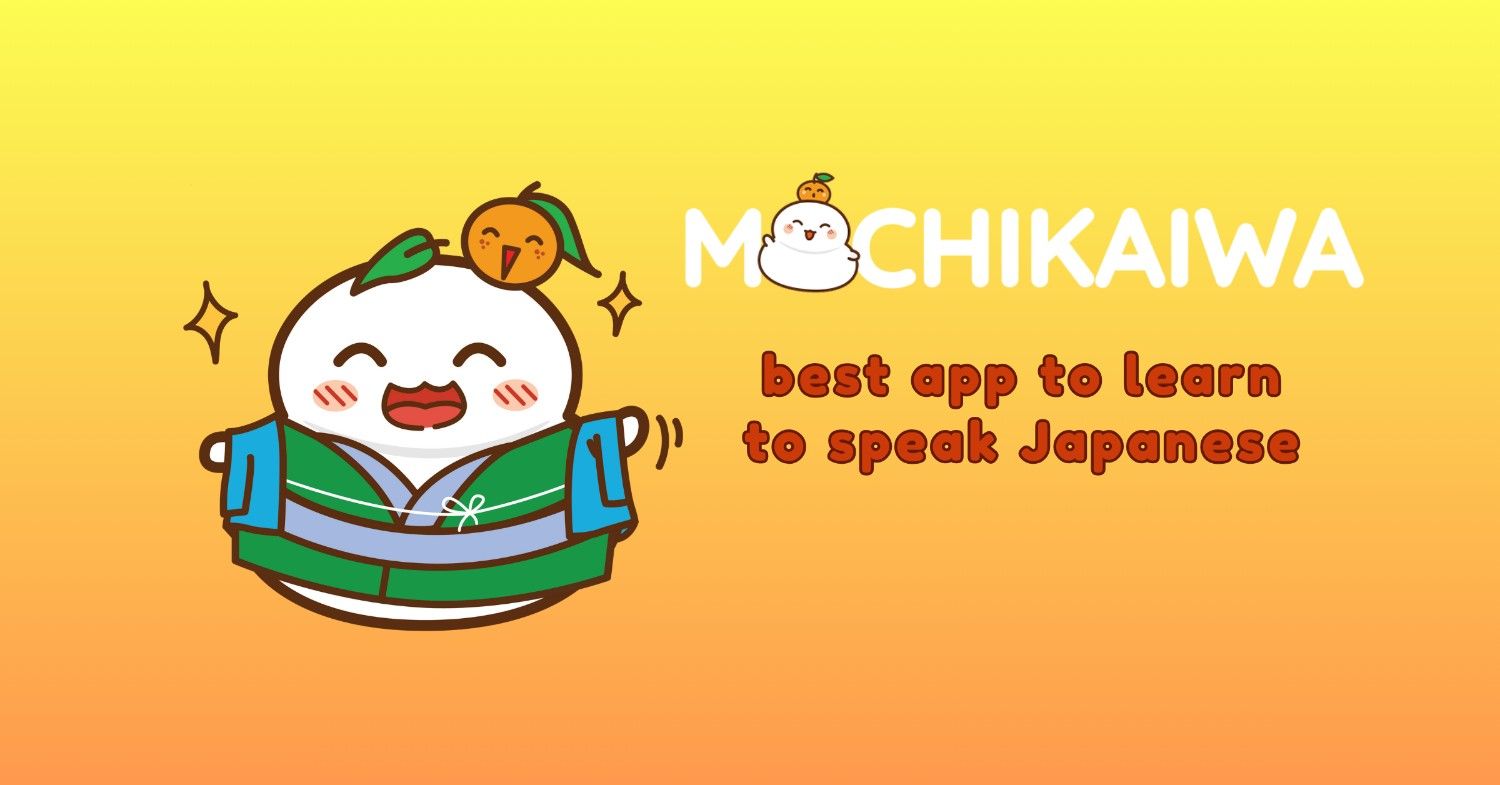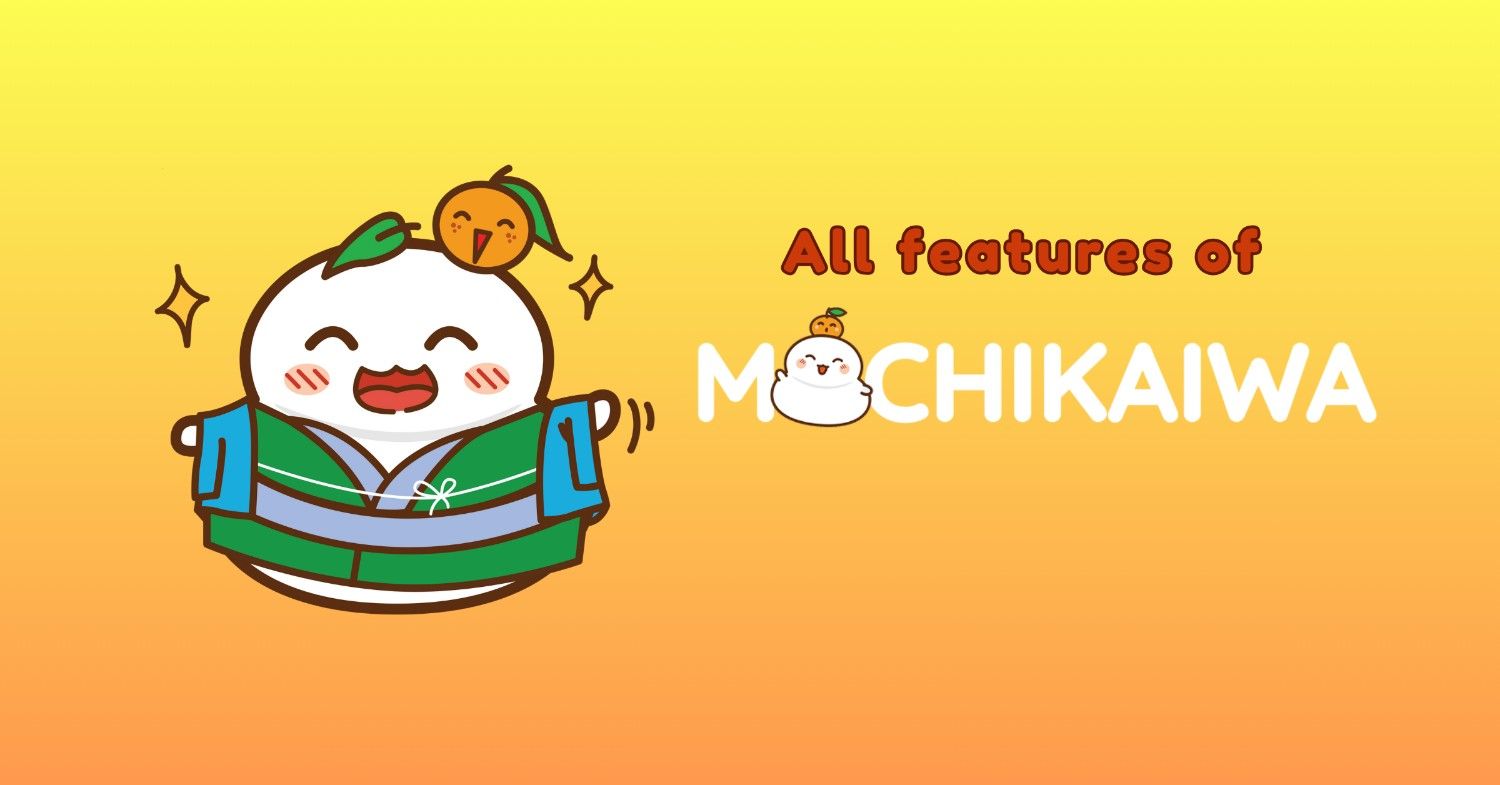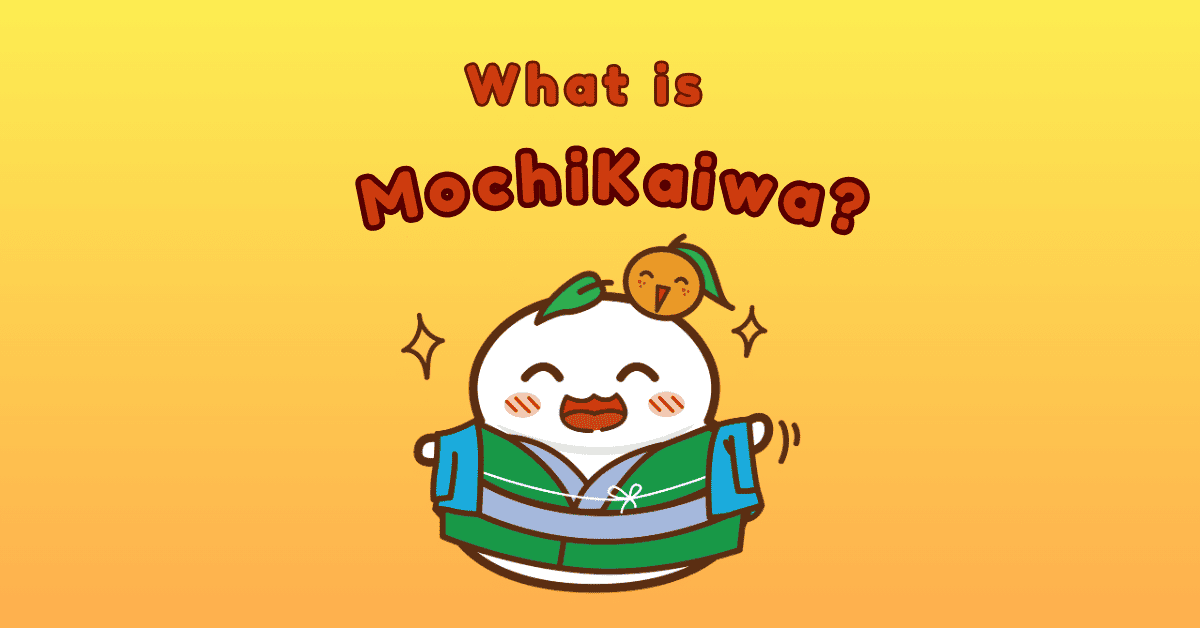Whether you’re a beginner learning Japanese or just planning a trip to Japan, knowing how to greet people is essential. Greetings are a fundamental part of any language, and in Japanese, they vary widely depending on the time of day, the situation, and whom you’re speaking to. Here’s a detailed guide to saying “hello” in Japanese, covering everything from common greetings to specific situations.
- Common ways to say “Hello” in Japanese
- How to say “Hello” to a person you’ve just met for the first time
- How to say “Hello” to your friends daily
- Different greetings at different times of the day
- Uniquely contextual greetings
- Practice greetings in Japanese
- Other ways to say hello in Japanese
- FAQs

1. 20 common ways to say “Hello” in Japanese
| Greeting | Romaji | Meaning / Usage |
|---|---|---|
| こんにちは | Konnichiwa | Hello (polite, used late morning–afternoon) |
| はじめまして | Hajimemashite | Nice to meet you (first meeting) |
| お元気ですか? | Ogenki desu ka? | How are you? (polite) |
| どうぞよろしくお願いします | Douzo yoroshiku onegaishimasu | Please take care of me / Pleased to meet you (after self-introduction) |
| やあ | Yaa | Hi / Hey (very casual) |
| おっす | Ossu | Hi (very informal, often among young men or close friends) |
| はよう! | Hayou | Morning! (shortened from おはよう) |
| おはよう | Ohayou | Good morning (casual) |
| おはようございます | Ohayou gozaimasu | Good morning (polite/formal) |
| こんばんは | Konbanwa | Good evening (polite) |
| もしもし | Moshi moshi | Hello (on the phone) |
| いらっしゃいませ | Irasshaimase | Welcome (used by shops/restaurants) |
| 久しぶり | Hisashiburi | Long time no see |
| こんにちは、調子はどうですか? | Konnichiwa, choushi wa dou desu ka? | Hello, how are you doing? (polite) |
| やっほー、久しぶり! | Yahhoo, hisashiburi! | Hey, long time no see! (casual) |
| お疲れ様です | Otsukaresama desu | Thank you for your hard work (workplace greeting) |
| 元気? | Genki? | How are you? (casual, friendly) |
| ハロー | Haro | Hello (loanword from English, informal) |
| ヤッホー | Yaahoo | Hi! (playful, casual among friends) |
- こんにちは (Konnichiwa): Probably the most well-known Japanese greeting, “Konnichiwa” is a safe, polite way to say hello and is suitable in most settings.
- はじめまして (Hajimemashite): Meaning “Nice to meet you,” this phrase is used when meeting someone for the first time. It’s a polite and formal way to start a conversation.
- お元気ですか (Ogenki desu ka?): A polite way to ask “How are you?”
To learn Japanese phrases for greetings effectively, you can use MochiKanji – Learn Japanese. MochiKanji is a Kanji and Japanese phrases learning application that uses the Spaced Repetition technique and its special algorithm. MochiKanji makes the most of this technique, analyzing your learning history and notifying you with automatic notifications so that you can relearn Kanji and vocabulary at the optimal time.
Try it for free now!
2. How to say “Hello” to a person you’ve just met for the first time
When meeting someone for the first time, it’s important to use formal greetings to show respect. Alongside はじめまして “Hajimemashite,” you can say:
- どうぞよろしくお願いします (Douzo yoroshiku onegaishimasu): Often translated as “Please take care of me” or “Pleased to meet you,” this phrase is usually used at the end of an introduction to show eagerness to have a good relationship moving forward.
3. How to say “Hi” in Japanese to your friends daily
With friends, greetings can be more casual:
- やあ (Yaa): Equivalent to “Hi” or “Hey,” this is very casual.
- おっす (Ossu): A very informal greeting, often used among young men or close friends.
- はよう!(hayou): is a short form of おはよう ohayou which means good morning in Japanese.
4. Different greetings at different times of the day
Japanese greetings also change depending on the time of day:
- おはよう (Ohayou): Used in the morning. If you’re speaking to someone in a more formal context, you can say おはようございます (Ohayou gozaimasu).
- こんにちは (Konnichiwa): Used from late morning until the early evening, roughly between 11 AM and 5 PM.
- こんばんは (Konbanwa): Meaning “good evening” in Japanese. Like konnichiwa, it’s already sufficiently formal, so you can use it with anyone to greet them in the late afternoon or evening.
Above are the most basic and common daily greetings. Knowing these phrases will help you communicate more confidently! You can learn more greeting phrases in MochiKanji’s communication course.
Start your free trial now!
5. Uniquely contextual greetings in Japanese
- もしもし (Moshi moshi ): Used when answering the phone.
- いらっしゃいませ (Irasshaimase): “Welcome,” used by restaurants and shops to greet customers.
- 久しぶり (Hisashiburi): “It’s been a while,” used with acquaintances not seen for some time.
6. Practice saying “Hi” and “Hello” in Japanese
Practicing these greetings will help you feel more comfortable when speaking Japanese. Here are a few tips:
- Listen and repeat: Listen to native speakers using these greetings in context (through movies, shows, or language apps) and repeat after them.
- Use them in real life: If you have Japanese friends or know someone who speaks Japanese, try using these greetings with them to get used to saying them naturally.
- Language exchange: Participating in a language exchange can be a great way to practice greetings while helping someone else learn your native language.
Notes
- Always choose the formality of your greeting based on your relationship to the person and the setting of your conversation.
- Remember, using the correct greeting not only communicates respect but also helps in making a good first impression. You can learn more common phrases for greetings in MochiKanji’s conversation course.
Start learning now!
7. Other ways to say Hello in Japanese
In addition to the common greetings, there are many other phrases and expressions in Japanese that you can use to enrich your communication. Here are some examples:
- こんにちは、調子はどうですか? (Konnichiwa, choushi wa dou desu ka?): “Hello, how are you?” This is a polite way to start a conversation and show concern for the other person.
- やっほー、久しぶり! (Yahhoo, hisashiburi!): “Hey, long time no see!” This phrase is perfect for greeting friends you haven’t seen in a while.
- お疲れ様です (Otsukaresama desu): “Thank you for your hard work.” This is commonly used in work environments to greet and thank colleagues after a busy day.
- 元気? (Genki?): “How are you?” This is a casual and friendly way to ask how someone is doing, often used among friends.
- ハロー (Haro): Hello (informal): This is a casual greeting borrowed from English, widely used in Japan, especially among younger people or in informal contexts.
- ヤッホー (Yaahoo): This expression is another informal greeting, often used in a playful or cheerful manner. It’s particularly common among friends and in lighthearted contexts.
- おつかれさまです – (Otsukare sama desu): It shows appreciation for the hard work someone has done. It’s often said at the end of a workday or after completing a project. The phrase can also be used informally among friends to express gratitude for shared efforts.
Understanding and using these Japanese greetings correctly is a fantastic first step in connecting with Japanese speakers and enriching your understanding of the language and culture. So, start practicing today, and soon you’ll feel right at home with these expressions!
FAQs
What is a Japanese greeting?
A Japanese greeting can vary depending on the time of day and the level of formality. Common greetings include “おはようございます” (Ohayou gozaimasu) for “Good morning,” “こんにちは” (Konnichiwa) for “Good afternoon,” and “こんばんは” (Konbanwa) for “Good evening.” Each greeting is used to acknowledge someone and show respect according to the context.
Is it polite to say konnichiwa?
Yes, “こんにちは” (Konnichiwa) is a polite and commonly used greeting in Japan, typically meaning “Good afternoon” or “Hello” during the daytime. It is appropriate for most social situations and conveys a respectful tone. However, for more formal contexts, especially in business or when addressing someone of higher status, you might opt for more formal greetings or expressions.
What is the most polite way to say hello in Japanese?
The most polite way to say hello in Japanese depends on the time of day and the context. For a formal and respectful greeting at any time, “初めまして” (Hajimemashite) is often used when meeting someone for the first time, meaning “Nice to meet you.” Additionally, “お世話になっております” (Osewa ni natteimasu) is a very polite way to greet someone in professional settings, especially if you have an ongoing relationship with them.
How do you say hi in Japanese?
To say “hi” in Japanese, you can use “こんにちは” (Konnichiwa), which is a general greeting used during the day. If you want a more casual and informal way to say “hi,” you can use “やあ” (Yaa) or “やっほー” (Yahhoo), though these are less common and used more among friends. For very casual interactions, simply saying “こんにちは” (Konnichiwa) is usually sufficient.


